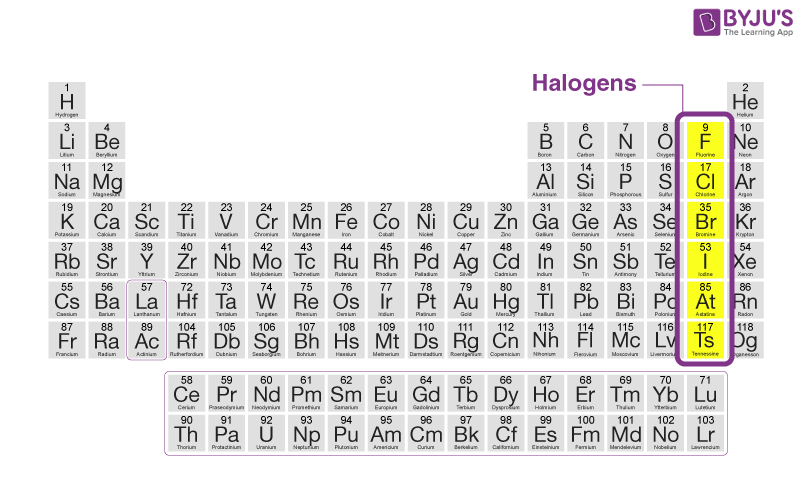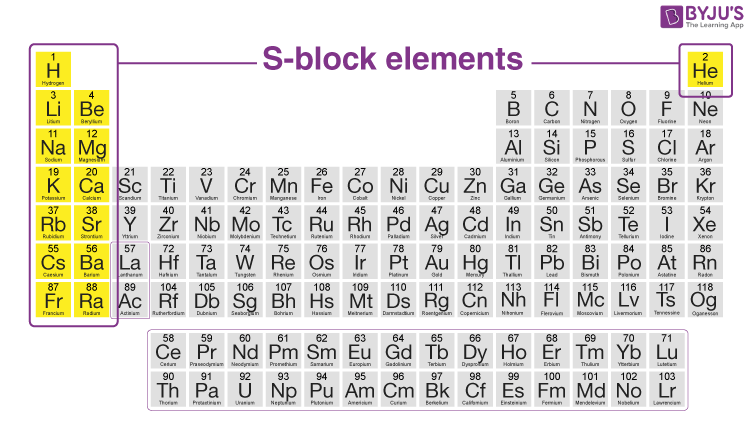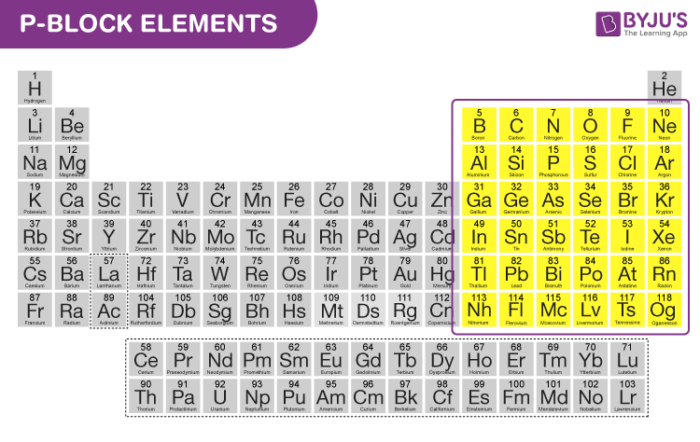Oxidation Numbers, Redox Reactions, and Standard Charges
1/23
Earn XP
Description and Tags
Pre-requisite to 'Topic 1: Inorganic Compounds 1 - Introduction to Transition Metals'
Name | Mastery | Learn | Test | Matching | Spaced |
|---|
No study sessions yet.
24 Terms
Reduction
Gain of an electron to an atom
Oxidized Species/Reductant
An atom that has oxidized - lost an electron
Reduced Species/Oxidant
An atom that has reduced - gained an electron
Oxidation Number
The charge and atom would have if the bonds were ionic
It keeps track of electron transfers
Oxidation Number - Rules for Assigning
Free element: ON = 0
Monatomic ion: ON = ion charge
Polyatomic ion: sum of ONs = total charge
Neutral molecules: sum of ONS = 0
Oxygen: ON = -2, but is -1 in peroxides and is +2 with fluorine
Hydrogen: ON = +1 with non-metals and -1 with metals
Fluorine: ON = always -1
Chlorine, Bromine, Iodine: Usually -1, but takes a + number with oxygen/fluorine
Aluminum: ON = +3
Alkali metals: ON = +1
Alkaline earth metals: ON = +2
Monatomic Ion
Single atom with a positive (+) or negative (-) charge
E.g: Na+, Cl-, Al3+
Peroxide
Compounds that contain the peroxide ion: O22-
Each oxygen has an oxidation state of +1
Polyatomic Ions
Group of atoms covalently bonded but carry a charge as a whole
E.g: OH-, NO3-, NH4+
Recognizing a Redox Reaction
Look for:
An element reacting in its elemental state (as a pure substance)
A monatomic ion changing charge
An atom in a polyatomic ion changing oxidation states
Redox Reactions - Half Equations
Written as half equations for oxidation and reduction, where combined the electrons cancel
e.g: 2Mg (s) + O2 (g) → 2MgO (s)
Oxidation half-equation: Mg → Mg2+ + 2e- aka 2Mg → 2Mg2+ + 4e-
Reduction half-equation: O2 + 4e- → 2O2- (oxygen always splits into two separate oxide ions)
Oxidation Number - Tips
Use the sum rule for polyatomic ions to solve for unknown ONs
The overall charge isn’t only the charge of the ions/molecules, but also the charge multiplied by their molar coefficients
Redox Reactions - Steps and Principles for Balancing: in Acidic Conditions
Balance each half-reaction separately:
Balance the amount of atoms by adding a molar coefficient
Balance the oxygen by adding H2O
Balance the hydrogen by adding H+
Balance the charges by adding electrons (e-)
Ensure both half-equations have an equal amount of electrons, multiplying the whole equation by a coefficient if needed
Add them together, cancelling as needed
Ignore the spectator ions
Redox Reactions - Steps and Principles for Balancing: in Basic Conditions
Balance each half-reaction separately:
Balance the amount of atoms by adding a molar coefficient
Balance the oxygen by adding H2O
Balance the hydrogen by adding H+
Balance the charges by adding electrons (e-)
Ensure both half-equations have an equal amount of electrons, multiplying the whole equation by a coefficient if needed
Add them together, cancelling as needed
Ignore the spectator ions
Add OH- equal to the amount of H+ on both sides to make H2O, then cancel as needed
Common Charges of Monatomic Ions - Cations
Group | Names | Ions | Charge |
1 | Hydrogen, lithium, sodium, potassium | H+, Li+, Na+, K+ | +1 |
2 | Magnesium, calcium, strontium, barium | Mg2+, Ca2+, Sr2+, Ba2+ | +2 |
13 (metals) | Aluminum | Al3+ | +3 |
Transition Metals | Silver | Ag+ | +1 |
Zinc, nickel, manganese, lead | Zn2+, Ni2+, Mn2+, Pb2+ | +2 | |
Copper(I), copper(II) | Cu+, Cu2+ | +1/+2 | |
Iron(II), Iron(III) | Fe2+, Fe3+ | +2/+3 | |
Cobalt(II), cobalt (III) | Co2+, Co3+ | +2/+3 | |
Chromium | Cr3+ | +3 | |
Tin(II), tin(IV) | Sn2+, Sn4+ | +2/+4 |
Common Charges of Monatomic Ions - Anions
Group | Names | Ions | Charge |
15 | Nitride, phosphide | N3-, P3- | -3 |
16 | Oxide, sulfide | O2-, S2- | -2 |
17 | Fluoride, chloride, bromide, iodide | F-, Cl-, Br-, I- | -1 |
Common Charges of Polyatomic Ions - Anions
Names | Ions | Charges |
Hydroxide | OH- | +1 |
Nitrate | NO3- | +1 |
Nitrite | NO2- | +1 |
Superoxide | O2- | +1 |
Bicarbonate | HCO3- | +1 |
Bisulfate | HSO4- | +1 |
Dihydrogen phosphate | H2PO4- | +1 |
Permanganate | MnO4- | +1 |
Acetate | C2H3O2- or CH3COO- | +1 |
Cyanide | CN- | +1 |
Thiocyanate | SCN- | +1 |
Perchlorate | ClO4- | +1 |
Chlorite | ClO2- | +1 |
Chlorate | ClO3- | +1 |
Hypochlorite | ClO- | +1 |
Peroxide | O22- | -2 |
Carbonate | CO32- | -2 |
Sulfate | SO42- | -2 |
Sulfite | SO32- | -2 |
Hydrogen phosphate | HPO42- | -2 |
Chromate | CrO42- | -2 |
Dichromate | CrO72- | -2 |
Oxalate | C2O42- | -2 |
Phosphate | PO43- | -3 |
Common Charges of Polyatomic Ions - Cations
Names | Ions | Charges |
Ammonium | NH4+ | +1 |
Hydronium | H3O+ | +1 |
Mercury(I) | Hg2+ | +2 |
Spectator Ions
Ions that do not take part in a chemical reaction — they are present before and after the reaction, but stay unchanged
Organic Compounds
Carbon-based molecules with C-H bonds, often together with oxygen, nitrogen, sulfur, phosphorus, or halogen,
Halogens
Elements in group 17 of the periodic table - non-metals including fluorine, chlorine, bromine, iodine, astatine, and tennessine

Inorganic Compounds
Carbon-based molecules (usually) without C-H bonds
s-block Elements
Section of the periodic table from groups 1-2 (alkali and alkaline earth metals)

p-block Elements
Section of the periodic table including some of the metallic elements in groups 13-16

Oxidation
Loss of an electron from an atom